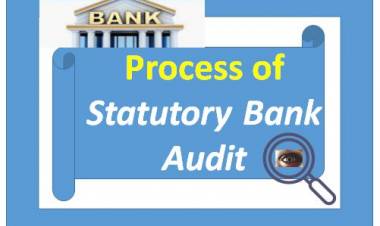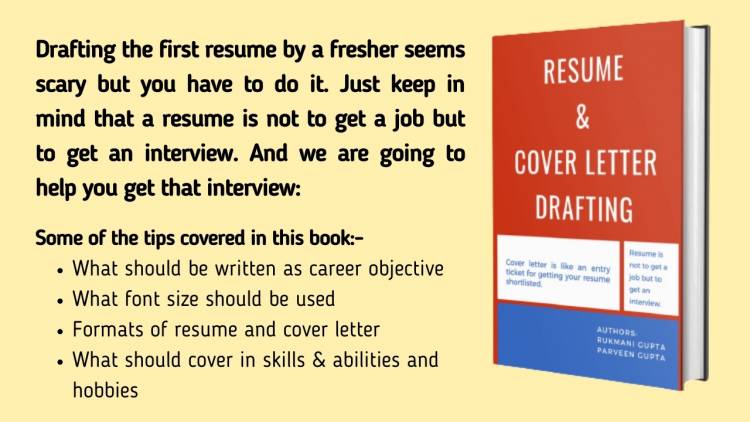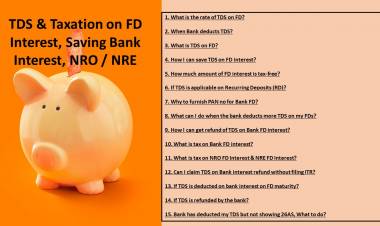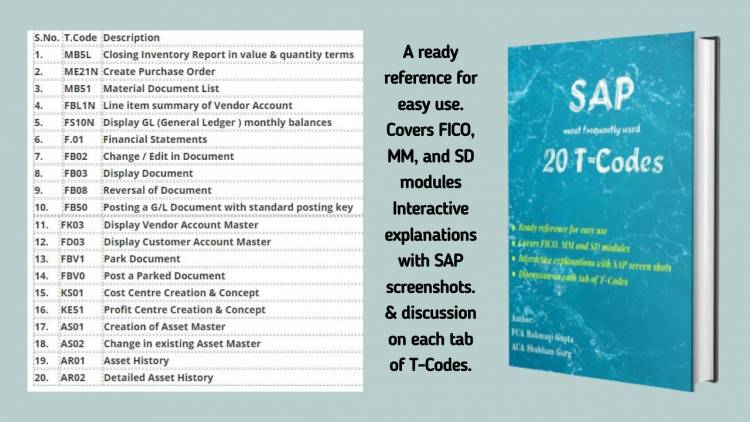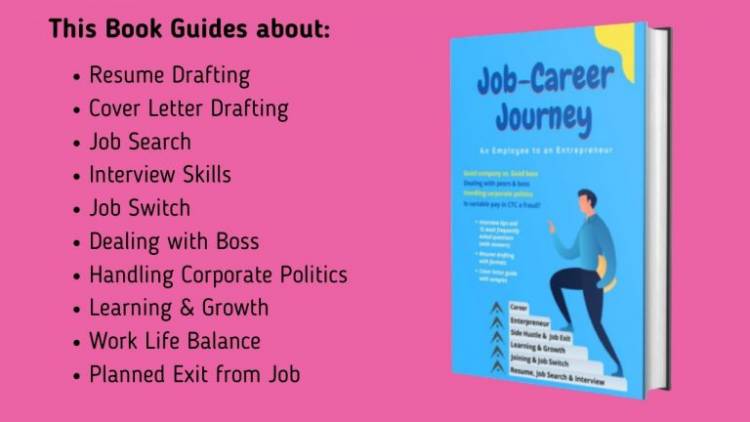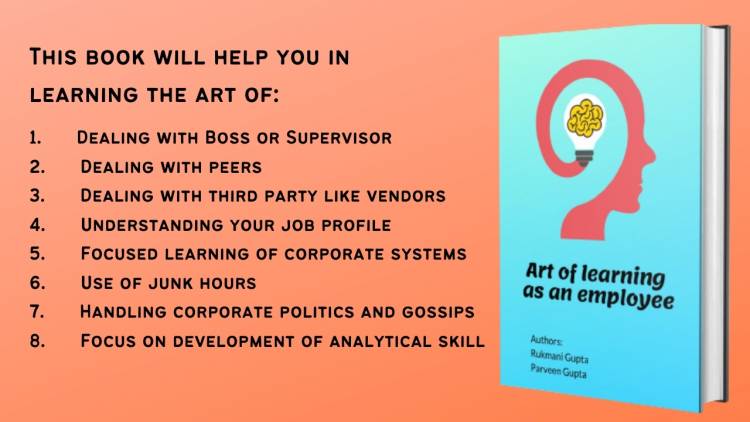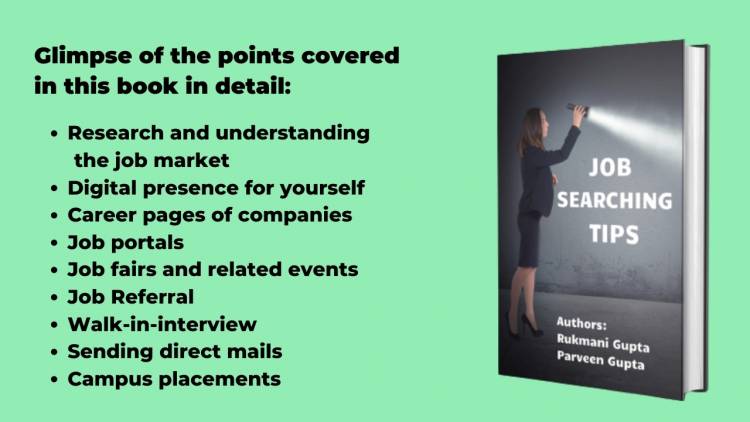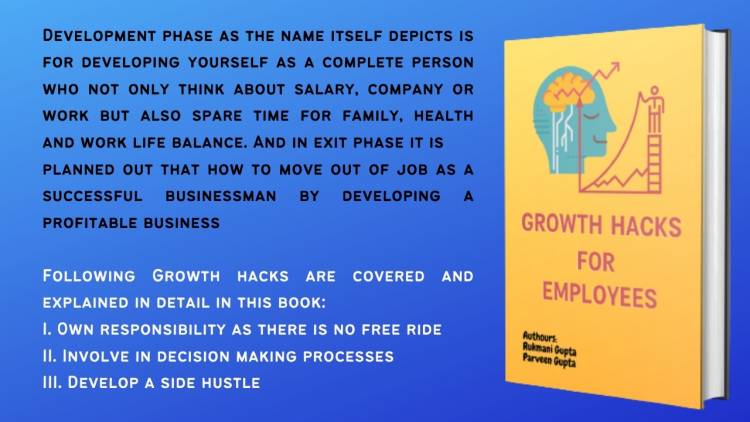Be a conscious borrower & choose the right mixture of Financing Facilities
The most important & foremost components for running a business is the investment of money for capital expenditure & working capital. Business is a matrix of volume and value, and for an increase in both the components require more funds infusion and enough liquidity.
Every business has its own limits on available funds. That limit includes owners/ investors contributions and borrowed funds. Borrowed funds depends on many components like owner’s contribution, type of business, available immovable properties for securities, the projected future of business. Every business has certain constraints on one or another component, thereby capping on availability of borrowed funds.
Here finance person has to be a smart player to use the right mixture of finance products which in one way minimizes the finance cost and other way extend the maximum liquidity with helping more churning of working capital with the available limits on borrowed funds.

Following are the various finance products available for working capital finance: -
1. Working Capital Overdrafts/ Cash Credit Facility (OD/CC Facility)
For Working Capital, there are two types of limits: -
· Fund Based Limits- Fund based facility is the facility in which lender actually disburse the money to the borrower or to the suppliers or vendor of the borrower on behalf of the borrower. And charges the interest cost on the total amount disbursed.
· Non-Fund Based Limits: - These are the facilities in which lender only gives his guarantee or counter security to the supplier or vendor of the borrower in case the borrower fails to the owner his commitments.
This facility is facilitated by banks and banking and non-banking financial institutions to meet the gap between the procurement of raw material/goods, production of output, sale of goods and realization from the customer. This facility is granted on the basis 70-80% of justified working capital requirement as per industry standard and calculated on the basis of actual trade receivables plus inventory minus the trade and operational payables. For OD facility also, we need to give collaterals of immoveable properties of at least 100% -150% of sanctioned limit (may be owned by business or owners) as well as a primary or secondary charge over company plant & machinery & inventory etc.
OD is generally at MCLR rate+1-2% (this 1-2% vary from bank to bank). In case of normal OD facility, the bank extends a limit to the business based on its eligibility calculated as above which business is supposed to use for working capital only, but in general, banks do not restrict its specific use so businesses may use it for its Capex purchases or any temporary investment. Bankers or lenders review the use and eligibility on a quarterly basis.
The good part of the OD facility is that the interest is charged only on utilized portion calculated on a daily basis, so the floating cash in-flows may reduce the finance cost. But at the same time since OD is a open limit granted to the business, though morally for working capital purpose but as a human being we tend to divert or invest the available limits to earn more, or use those funds for expansion plans, which eventually are not easily liquid or the expansion may not generate funds as fast as we estimate, which start hampering our working capital of existing business, and since we had already parked our available funds in non-liquid investments or long driven expansion plans, our existing business started facing working capital gaps and working capital cycle stops churning, which ultimately hampers our terms with suppliers, filling fresh order book, meeting monthly operational commitments. And ultimately when our base business started suffering, it erodes the foundation of the business.
Conversion of OD into WCDL
WCDL (Working Capital Demand Loan) is a sub-product of OD limit only, it's just a committed portion of OD, to that extent we will avail the limit always, generally, we use 60%-70% of OD always drawn. Interest on WCDL is 0.5%-1% lesser than normal OD. So, if we had a regular OD of 100 cr. and almost 60 cr. is always utilized, by converting WCDL, we can save about 60 lacs per year if it is 1% cheaper.
There are further sub-products under working capital facilities like as follows: -
a. Letter of Credit (LC) -Non-Fund Based
b. Bank Guarantee (BG)- Non-Fund Based
c. Buyers Credit -Fund Based (Currently discontinued with LOA)
d. Export Packing Credit – Fund/Non-Fund Based
e. E Dealer Finance Scheme (EDFC) – Fund Based
f. E Vendor Finance Scheme (EVFC) – Fund Based
g. Lease Rental Discounting – Fund Based
These products are applicable to different business, which had few benefits superseding the normal OD facility in the following way: -
a. Finance cost of these products are mostly cheaper than OD.
b. Since above products are direct payment or collection to/ from our trade vendor/ customer, they help in controlling the fact that funds and finance facilities are used to churn the business and funds are not diverting to any other means, so that strength the business in the long term.
c. In case of non-fund-based facilities, given the same constraints on eligibility criteria, limits are generally available 2-3 times instead of fund-based facilities, because banks have low risk as most of them are directly paid to the trade suppliers so helping to grow business as estimated and also most of them are non-fund based.
So as a finance player, he should have proper knowledge of all the available financing products and also the applicability to those to his business. Also, he needs to be smart enough to switch to the most suitable product which is comparatively cheaper and suitable for maintaining liquidity of business.
Let’s have a brief introduction of a few products: -

a. Letter of Credit/ LC Facility
LC facility is a credit facility where customer’s bank issues a letter of credit to supplier’s bank that after the defined credit period, customer’s bank will honour the payment of that LC to the supplier’s bank. In turn, the customer’s bank will debit the customer account on that day. The cost of LC is the LC opening charges, which vary from 0.25%-1% bank to bank, depending on the period of LC, generally period is either 90 days, 120 days or 180 days. In case supplier needs funds before the maturity of the credit period, he can get it discount with his bank, in turn, bank charges the interest cost for the remaining credit period.
As a finance business partner, we should emphasize on the use of LC more and more, so if your supplier is ready to extend you open credit of 60 days, either you can negotiate good pricing in lieu of LC of 60 days or can ask for LC of 90 or 120 days instead of open credit of 60 days. In one way you are contributing towards better margins and the other way you are safe to honour your commitments and helps to maintain existing business cash flow, because sometimes as per directions of management (for their other investments or decisions), they ask the finance controller to defer the supplier’s payment.
Not only on payment side, we should emphasize on the receipt side also, instead of open credit to customers, but we should also be keen to take LCs from our customer. For a successful business, in long term, prefer sales with committed receipts otherwise I had seen even big empires had lost because in few years they filled the order book with huge orders from large players or Govts. And shown turnover of 5000 cr and above on that billing but collapsed in the next 2-3 years because their customer failed to honour the commitments thereby taking away not only their profit but the entire capital. So, committed receipts not only protect the health of cash flow, also helps you take further procurement decisions or expansion plans with much more accuracy and confidence.
Developing a cash-rich business is a great business partnering by finance leaders. As they are the brain to decision-makers or owners, if they tend to develop the business more of committed cash flow circle, slowly business take a branding in that way, in long term your customer will stop asking you open credit , because in short term you can beat your competitors by extending credit sales but in long term the only survivors would be who had a cash-rich working capital cycle.
b. Export Packing Credit
For promoting exports, against confirmed export order, banks give LCs & working capital finance for meeting the raw material procurement and manufacturing or processing expenses for those exported goods.
This is available both in Foreign currency & local currency. In case for exported goods, if we need imported raw material, the Packing Credit Finance in foreign currency, in one way protects against foreign currency fluctuation & another way the finance cost is at the international rate, which is generally cheaper than the local currency finances.
c. E Dealer Finance Scheme (EDFS)
EDFC is for large & reputed groups, approx. with a turnover of 500 cr or above (criteria depend on a bank to bank), in this scheme banks or institutions open a limit in the name of the customer or distributor of the original borrower, which is used to honour the invoices of the borrower company. Here both the pull & push method are opted i.e either borrower company send the customer invoice to the bank & bank will automatically debit distributor’s limit account to pay borrower company (pull method) or distributor will initiate the payment (push method). Here for security bank may ask a minimum default guarantee (25-40%) from the borrower as they finance this scheme on the reputation of a borrower, not the distributor.
This is one of the very good financing options for large players, as they have huge customer/ distributor base & do not have to chase each customer or distributors also get their funds immediately available for next round of churning of working capital.
d. E Vendor Finance Scheme
This works the same way as EDFS, but instead of opening limit for the customer, they open limit for a supplier or give an open letter of credit up to some amount in the name of the supplier of the borrower. So for each supply borrower need not track terms of payment & process their payment individually. Borrower Corporate will upload the vendor invoice on bank’s platform & vendor will credit to their account through bank.
Capital Equipment / Infrastructure Financing
In business, we need fund to finance working capital needs & Capex & infrastructure developments. We had less scope of switching the finance products in capital financing and each switching has huge cost, so need to be careful while opting the financing method initially.
For capital needs like constructing factory building, buying plant & machinery or other equipment, we can finance it initially through a term loan through a business projection, no doubt it also needs collaterals and proportionate owners’ equity. Here the repayment earning capacity of business matters. For recurring replacement or buying new equipment, we can get Capex LCs which are comparatively cheaper & can get more in eligibility than as a term loan.
In addition to the above, the following are the areas where we as a finance team need to be conscious for the benefit of our Organization: -
1. Processing fee is collected by banks, we should always negotiate hard for this, usually they charge 1% for any type of loans but with your negotiation power, you can bring them to even no processing fee or up to 0.5%, so if you are taking finance of 100 cr for a business, even saving of 0.5% means 50 lacs, one time saving.
2. Most of the banks put a prepayment clause of 1-2% on all type of finance facilities, we should read the documents carefully & should negotiate with the bank to either remove it or reduce it.
3. Again, all the working capital facilities are generally given for a year and renewed every year, again we should negotiate this at the beginning to bring it down.
4. Banks and institutions, who provides a wholesome package of working capital & term loan to the business, generally had a charge against all your movable & immovable properties & FDs of the companies & directors. So be careful, while at the beginning, ask your bank to assess the requirement of the value of collaterals for their exposure, if few or some of the property or investments cover that exposure, ask the bank not to charge over other property & investments specifically.
So we as a finance team is not just to capture the transactions, we had a business partner role to perform in each area may be its accounts, finance, tax, audit, regulatory, investment etc.
 Download APP
Download APP
 Rukmani Gupta
Rukmani Gupta 








